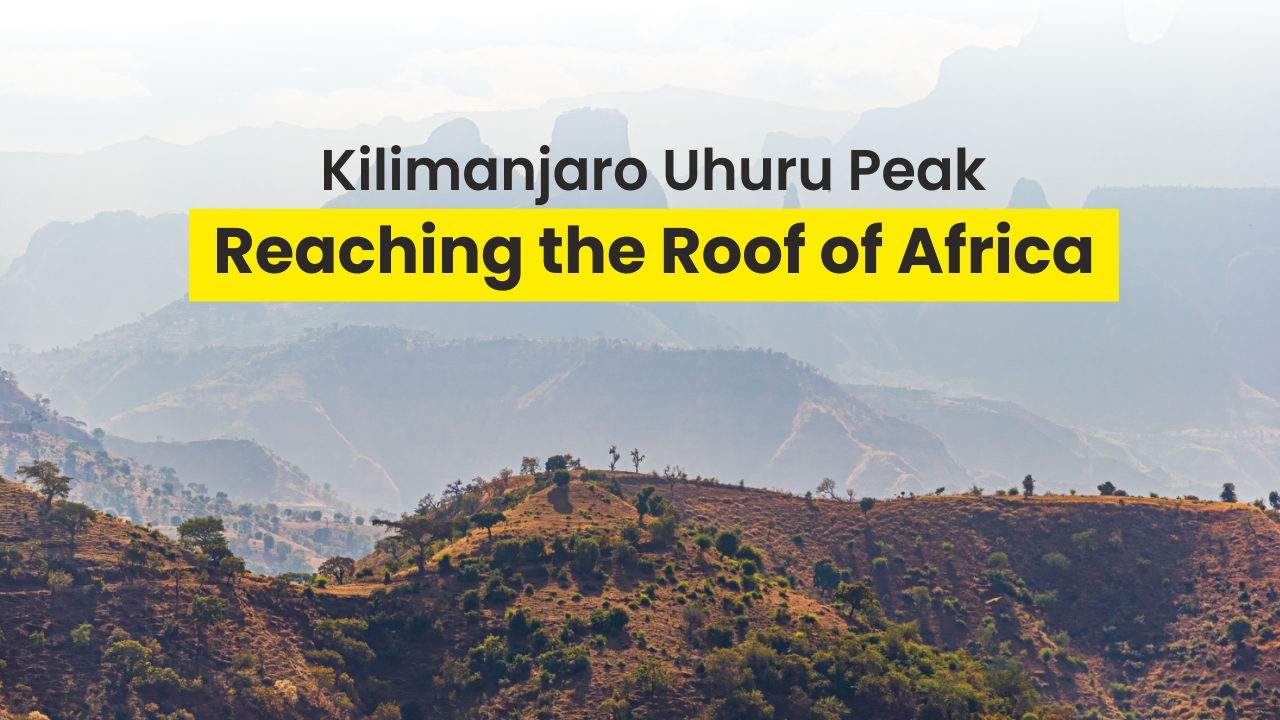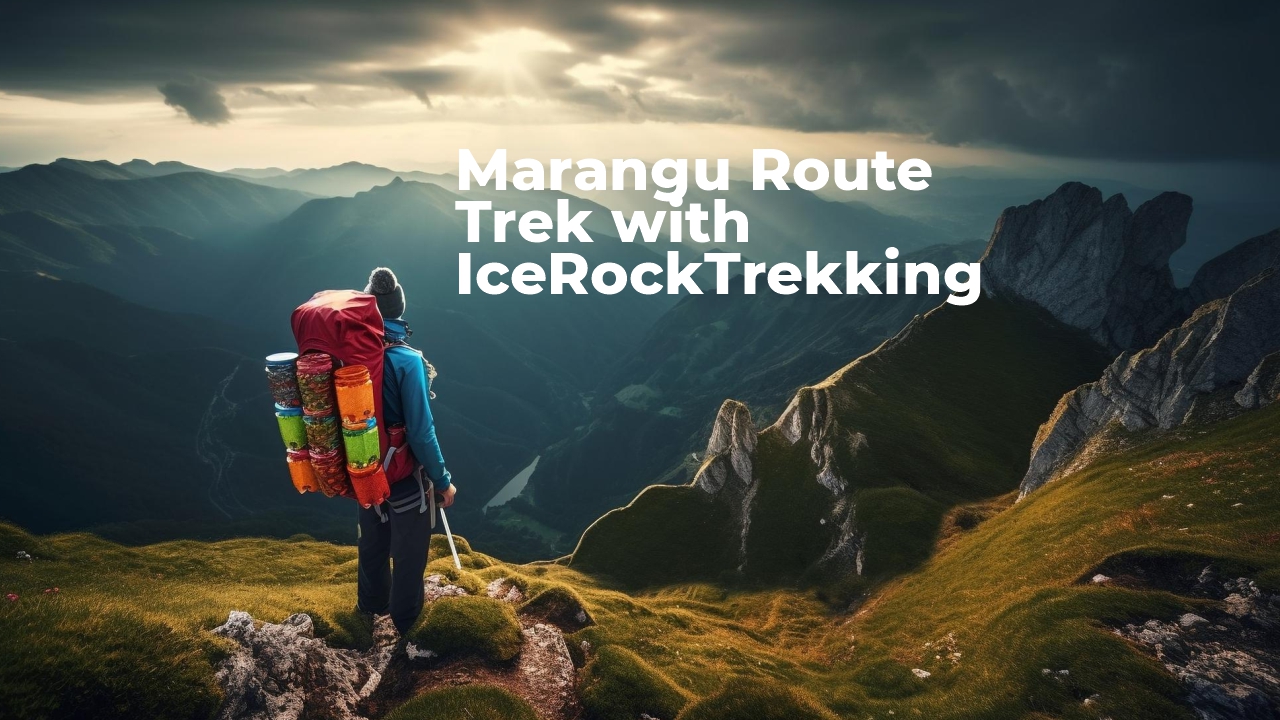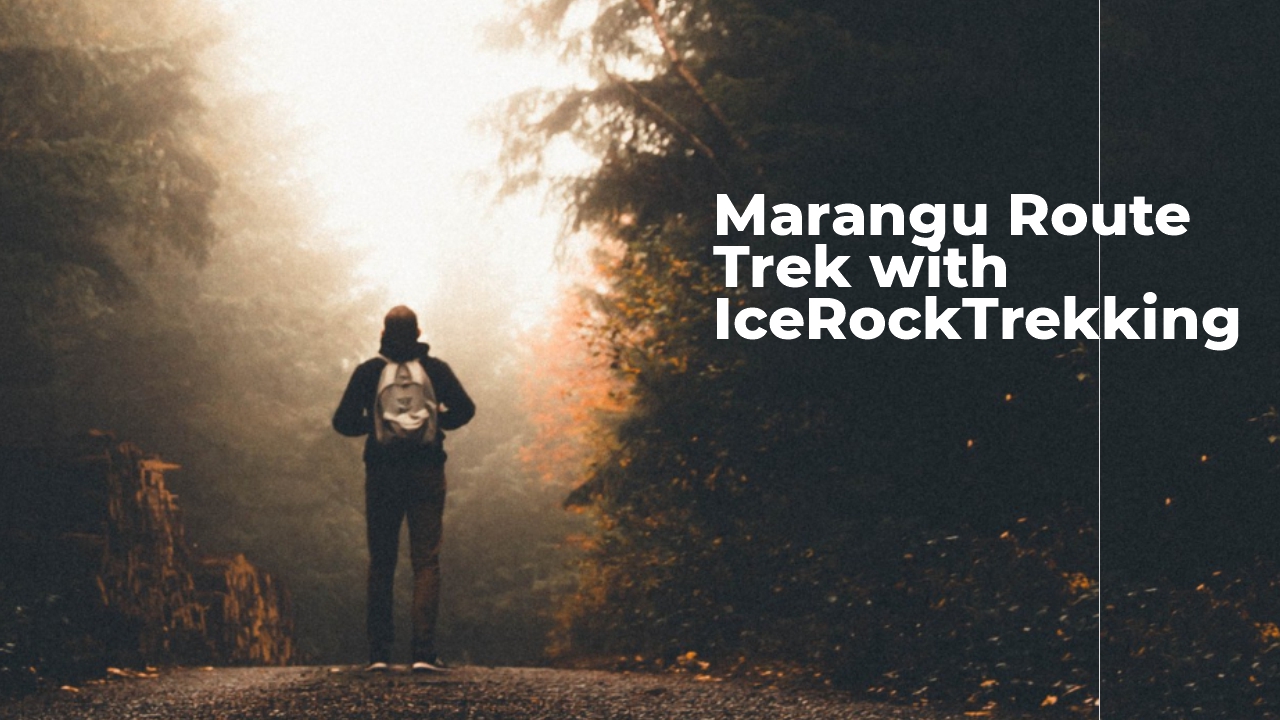
Standing at an awe-inspiring 5,895 meters above sea level, Kilimanjaro Uhuru Peak represents the pinnacle of adventure for trekkers and mountaineers alike. This iconic summit, draped in glaciers and surrounded by vast African landscapes, is not just a climb—it is a life-changing experience that challenges both physical endurance and mental resilience. For those seeking to conquer Africa’s highest point, every step toward Kilimanjaro Uhuru Peak is a testament to preparation, determination, and the sheer thrill of exploration.
Understanding the Routes to Kilimanjaro Uhuru Peak
Reaching Kilimanjaro Uhuru Peak is possible through several established trekking paths, each offering distinct landscapes, difficulty levels, and experiences. Among these, the Marangu Route is favored for its gradual ascent and comfortable hut accommodations, often called the “Coca-Cola Route” due to its popularity. Trekkers experience lush rainforest, moorland, and alpine deserts before reaching the snowy summit. In contrast, the Machame Route, known as the “Whiskey Route,” provides a more challenging but scenic journey, traversing rugged terrain and offering panoramic views that reward the physically prepared.
Other notable paths include the Lemosho, Shira, Rongai, and Northern Circuit routes. Each path presents unique acclimatization opportunities and scenic variations, ensuring that climbers can tailor their experience based on time availability, fitness, and adventure preference. Despite the differences in routes, the ultimate goal remains the same: standing atop Kilimanjaro Uhuru Peak and witnessing the sun rise over the roof of Africa.
Physical Preparation and Fitness
Summiting Kilimanjaro Uhuru Peak demands rigorous preparation. Trekking at high altitude tests cardiovascular fitness, stamina, and muscular strength. Beginners are encouraged to engage in a multi-week training plan incorporating hiking on varied terrain, long-distance walking, stair climbing, and strength exercises targeting the legs, core, and back. Even seasoned climbers benefit from training focused on endurance and acclimatization techniques.
Equally important is practicing mental resilience. Altitude fatigue, unpredictable weather, and long days of hiking require a focused mindset. Techniques such as visualization, pacing strategies, and controlled breathing help climbers manage the psychological challenges of prolonged trekking.
Acclimatization and Altitude Considerations
Altitude is the greatest challenge on the ascent to Kilimanjaro Uhuru Peak. Rapid gains in elevation can lead to altitude sickness, which manifests as headaches, nausea, dizziness, and fatigue. Proper acclimatization is essential to minimize risks and maximize summit success. Longer routes such as Lemosho and Northern Circuit provide a gradual ascent that helps the body adjust to decreasing oxygen levels, increasing the likelihood of a successful summit.
Hydration and nutrition play a critical role in acclimatization. Drinking at least three liters of water per day, consuming high-carbohydrate meals, and taking short, regular breaks during hikes help maintain energy levels and reduce altitude-related complications. Some trekkers also carry medication for altitude sickness, though natural acclimatization remains the safest method.
Gear and Equipment Essentials
The conditions on Kilimanjaro Uhuru Peak vary drastically, from tropical rainforest at the base to icy alpine deserts near the summit. Proper gear is vital for comfort, safety, and endurance. Essentials include:
- Layered clothing: moisture-wicking base layers, insulating mid-layers, and waterproof outer shells
- Sturdy, broken-in trekking boots with ankle support
- Gloves, hats, and balaclavas for cold summit temperatures
- Sleeping bags rated for sub-zero temperatures
- Trekking poles to reduce strain on knees and improve stability
- Sunglasses, sunscreen, and lip balm to protect from high-altitude sun exposure
Porters and guides often provide logistical support, including tents, meals, and route navigation, allowing climbers to conserve energy for the ascent itself. Partnering with experienced teams like Ice Rock Trekking ensures access to professional guidance, safety protocols, and well-organized expeditions.
Summit Day: The Final Push
Summit day is the most physically demanding and mentally intense part of the journey. Climbers typically begin the ascent in the early hours of the morning, navigating icy trails under a starry sky. The combination of steep inclines, thin air, and cold temperatures tests endurance to the limit.
Pacing and energy management are crucial. Slow, steady steps, frequent rest intervals, and controlled breathing help maintain strength during the challenging final kilometers. Reaching Kilimanjaro Uhuru Peak at sunrise is a transcendent moment, rewarding months of preparation and days of climbing with breathtaking vistas of the African plains stretching to the horizon. The experience is not only a personal triumph but also an opportunity to reflect on human resilience and the sheer magnificence of nature.
Safety and Health Considerations
While the adventure is thrilling, safety remains paramount. Climbers should always follow guidance from experienced guides, monitor for signs of altitude sickness, and respect personal limits. Weather on Kilimanjaro can change rapidly, with sudden snow, rain, or high winds, making it essential to carry extra layers and emergency gear.
Regular communication with guides, adherence to planned routes, and awareness of environmental hazards ensure that the climb remains as safe as possible. Trekkers must also be mindful of the ecological impact of their expedition, practicing Leave No Trace principles to preserve the mountain’s fragile ecosystems.
Post-Summit Recovery
After reaching Kilimanjaro Uhuru Peak, the descent is equally important. Gradual downhill trekking prevents injuries, particularly to knees and ankles. Adequate rest, hydration, and nutrition during descent help the body recover from exertion and altitude strain. Many climbers report a profound sense of accomplishment and transformation after the experience, with memories that last a lifetime.
Celebrating the summit is a personal moment, but it also highlights the importance of preparation, teamwork, and perseverance. For professional adventurers and enthusiasts alike, the climb serves as both a physical challenge and an inspirational milestone.
Choosing the Right Support
Selecting the right trekking company significantly impacts the overall experience. Ice Rock Trekking specializes in organizing expeditions to Kilimanjaro Uhuru Peak, offering expert guides, well-coordinated logistics, and attention to individual climber needs. Their experience ensures that every trekker can focus on the journey, safety, and enjoyment, while professional teams manage the complexities of the climb.
Partnering with experienced guides enhances acclimatization strategies, route selection, and overall safety. Personalized support, quality equipment, and deep local knowledge combine to create an adventure that is not only successful but profoundly rewarding.
Final Thoughts
Standing atop Kilimanjaro Uhuru Peak is a unique blend of triumph, awe, and humility. Every climber experiences a connection to the mountain and to themselves, forged through preparation, perseverance, and a deep respect for the natural world. From the lush forests at the base to the frozen summit plateau, every step tells a story of endurance and exploration.
For those seeking to challenge themselves, embrace nature, and achieve one of the highest points on the continent, Kilimanjaro Uhuru Peak offers an unparalleled adventure. The climb tests the limits of physical stamina and mental determination while delivering unmatched panoramic beauty and a sense of achievement that resonates long after the descent. Partnering with a professional team like Ice Rock Trekking ensures a safe, structured, and unforgettable experience, turning a dream into reality and making the roof of Africa accessible to determined explorers.

